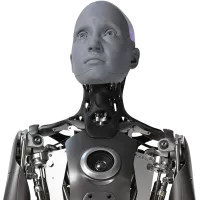- Humanoid Robot
- UBTECH Robotics
- Walker
- Specifications
UBTECH Robotics Walker Specifications
Ranked Nr. 4 of 39 Humanoid Robot

The UBTECH Walker is a bipedal humanoid robot designed to serve as a personal assistant in various environments, including homes, offices, and public spaces. Standing at approximately 1.45 meters tall, Walker is equipped with 36 high-performance actuators that allow it to execute smooth and precise movements, from walking and navigating stairs to manipulating objects. Its design emphasizes stability and flexibility, making it capable of complex tasks like opening doors, pushing carts, and handling fragile items.
Walker’s capabilities extend beyond physical tasks, as it is integrated with advanced AI for natural language processing, facial recognition, and emotion detection. This enables the robot to interact with people in a socially intuitive manner, providing assistance in tasks such as scheduling, answering questions, and even offering companionship. Its ability to learn and adapt to user preferences over time further enhances its utility as a personal assistant.
In terms of applications, UBTECH Walker is well-suited for environments where human-like interaction and physical task execution are required. It can be used in smart homes for elderly care, where it assists with daily activities, or in offices as a receptionist and information assistant. Additionally, its mobility and interaction capabilities make it a valuable tool in education and public service settings, where it can engage with users in a meaningful way.
| Height | 145 m |
Walker Alternatives
See all 39 Humanoid Robot

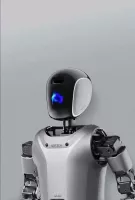
UBTECH Robotics Walker S
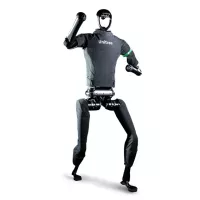
Unitree H1
Ti5 Robotics Yao Guang

Neura Robotics 4NE-1
Payload 15kg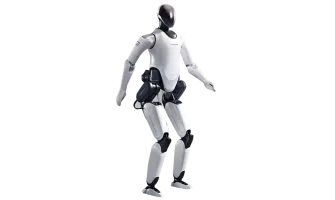
Xiaomi Technology CyberOne
Payload 1.5kg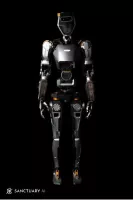
Sanctuary AI Phoenix
Payload 25kg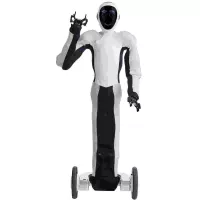
1X EVE
Payload 15kg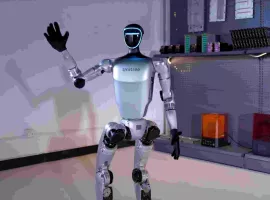
Unitree G1
Payload 2kg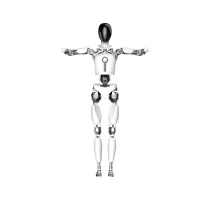
FDROBOT TLIBOT
Payload 145kg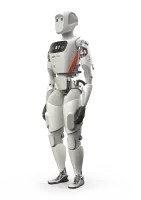
Apptronik APOLLO
Payload 25kg